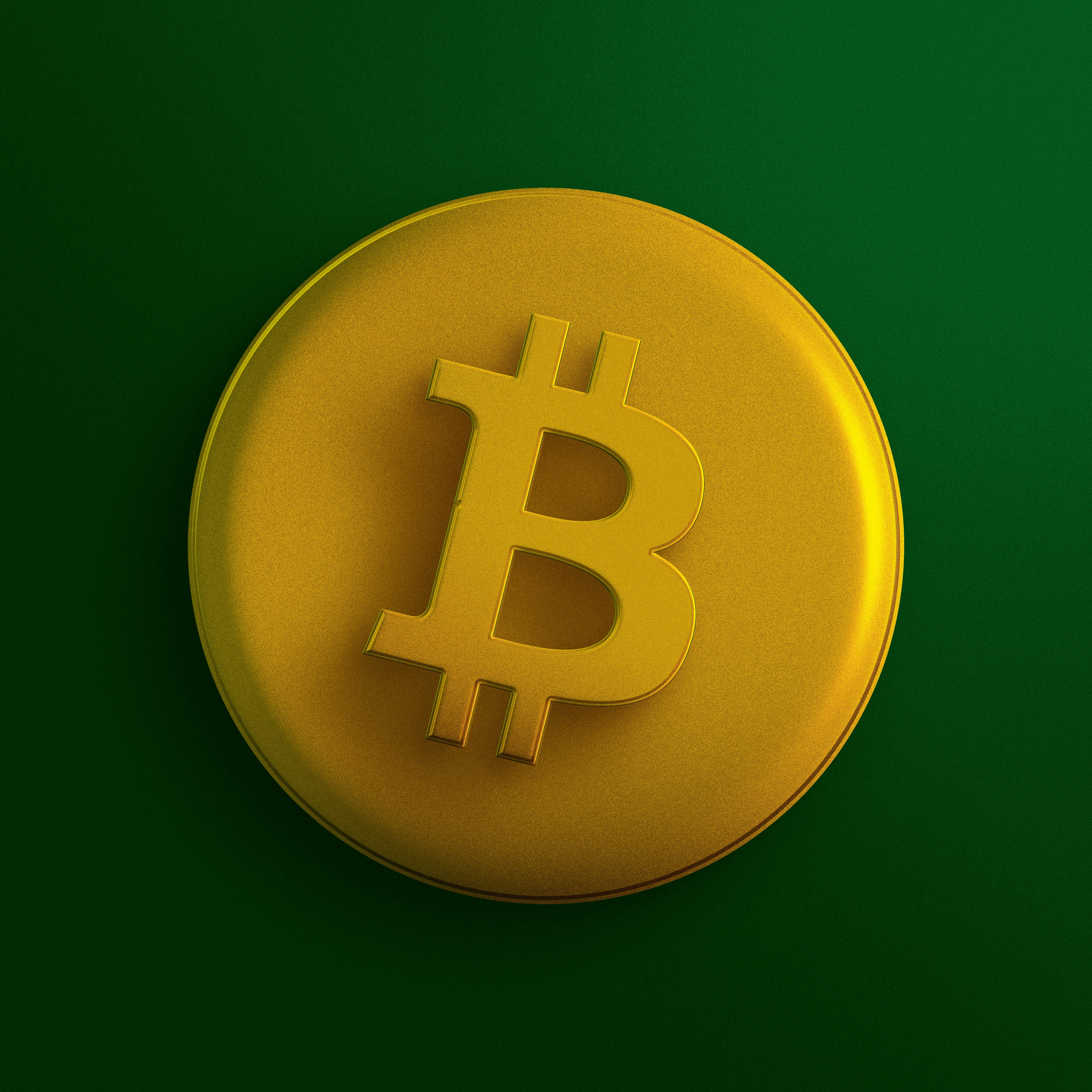In the constantly evolving blockchain world, Bitcoin is the king of assets, recognized as a digital cash system and a store of value. The arrival of Ordinals and Inscriptions represents a significant achievement in its journey, ushering in a new era of innovation and growth by expanding its range of applications and supported use cases. Not that long ago, Casey Rodarmor, a former Bitcoin developer and artist, launched a new and more efficient way of creating fungible tokens on the blockchain. The Runes Protocol takes advantage of how Bitcoin works with its UTXO model, so there’s no change to the community-driven software or consensus rules.
Bitcoin was designed to act as money and a medium of payment beyond the control of any person, group, or entity, so other functions, such as alternative token standards or smart contracts, weren’t defined. Nevertheless, developers haven’t been complacent about their creative capacities, and it’s precisely this ingenuity that makes Bitcoin accessible to all. Runes mark an important step forward in the evolution of the blockchain, and should you have any questions, please continue reading.
How Do Runes Work In Bitcoin?
In essence, the Runes Protocol uses the OP_RETURN opcode, which uses 80 bytes of data, to streamline the creation of digital assets on the Bitcoin network. While data can be attached to transactions, nodes can “prune” them if necessary. Previously, Bitcoin used standard locking scripts like the P2PKH (pay-to-public key hash) script, which was used to lock Bitcoin to a SegWit address. It was a waste of space because the output was unspendable. Runes capitalizes on Bitcoin’s inherent capabilities regarding on-chain data storage, reducing the occurrence of excess UTXOs (i.e., dust errors), an essential factor contributing to congestion.
Messages on the Runes Protocol are referred to as runestones, and they contain a wealth of data and multimedia content. All messages, whether etching (creating) new Runes or transferring Runes, are encrypted in a single OP_RETURN output in a transaction. Similar to Taproot assets, Runes can be transferred over the Lightning Network, a Layer-2 solution designed to facilitate faster and more cost-effective transactions on top of the Bitcoin blockchain. Edicts define how a Rune should be transferred from an input to an output. Runestones can have any number of edicts. The Runes Protocol lets users batch transfers, airdrop tokens, and transfer remaining units.
How Do Runes Differ From Ordinals? Or BRC-20 Tokens?
To be clear, Runes and Ordinals are entirely unrelated. The difference lies in their approach to representing assets on the Bitcoin blockchain and their impact on scalability and fungibility. Runes operate directly on the network, which means they’re more efficient at using block space, contributing less to state bloat, and are compatible with Bitcoin protocol, such as wallets, bridges, and scalability solutions. By contrast, Ordinals etch arbitrary data within Bitcoin’s witness to create unique digital assets and their transfer is a complex process that involves dividing the UTXO and holding the data into several UTXOs.
Runes are basically enhanced versions of Ordinals-based BRC-20 tokens, which add more network load and congestion. BRC-20s leverage an account-based architecture, much like Ethereum NFTs, that opens flexibility for use cases beyond Layer-1, besides reducing asset loss and network security risks. They need an Ordinal-supported infrastructure to enable users to deploy, mint, and transfer tokens. BRC-20 tokens require a Taproot-enabled wallet even if transactions between different address types are compatible with the Bitcoin network. UTXO support gives Runes better compatibility with wallets, Layer-2s, bridges, and DeFi apps.
What’s The Biggest Challenge With Runes?
Runes have a non-negligible impact on Bitcoins’ fees and transaction count, but they’re not without their challenges. To be more precise, tokens are burnt if the minting transaction features a cenotaph, i.e., the Runes are malformed for various reasons (bad inputs), and these fallacies can have a negative impact on UX. It’s critical to practice proper UTXO management. Since they use a different approach from Ordinals, Runes force developers to re-adapt to the new standard and be committed to following it. Everyday users have criticized Runes for making things too complicated, as they require technical expertise, which they don’t have.
How Are Runes Used?
Runes transform Bitcoin’s UTXO protocol into one that can hold balances of arbitrary fungible tokens alongside its Sats. The aim is to create a dedicated, fungible token standard for Bitcoin that doesn’t derive the complexities and challenges of Ordinals, a fascinating aspect of the cryptocurrency world. At present, Runes are mainly used to create and trade memecoins, which are supported by enthusiastic online communities. According to Casey Rodarmor, memecoins continue to increase in popularity across the world, but mainly outside of Bitcoin, with users speculating on Ethereum, Solana, or the BNB Chain.
Inspired by Ethereum’s ERC-20 token standard, Runes allow the creation and management of digital artifacts using smart contracts; the terms of the agreement are written directly into the code. Bitcoin has simpler smart contracts on its main chain. The advent of smart contracts opens up new possibilities when it comes to memecoins, allowing developers to create sophisticated and feature-rich tokens by incorporating DeFi protocols, gaming, and NFTs. If Runes level up their success, they could disrupt the NFT market on the Ethereum network, therefore closing the gap between Bitcoin and Ethereum.
Wrapping It Up
Runes are fungible tokens belonging to Bitcoin based on the UTXO protocol, which is designed to simplify management and transfers via the OP_RETURN operation. Whether or not they’ll reach the heights of BRC-20s or the Ordinals mania remains to be seen. The development in the coming months is very important and interesting to see, so we should monitor the situation carefully. You can invest in Runes by acquiring various tokens, and, using lending protocols, you can earn interest by allowing individuals to borrow funds. Deposit your funds to a Bitcoin address that supports Runes and visit a marketplace, such as Magic Eden, where you’ll find a wide array of tokens to choose from.
All in all, the introduction of Runes demonstrates Bitcoin’s ability to adapt and innovate in the competitive technological landscape. It could pave the way for other blockchains to follow.







